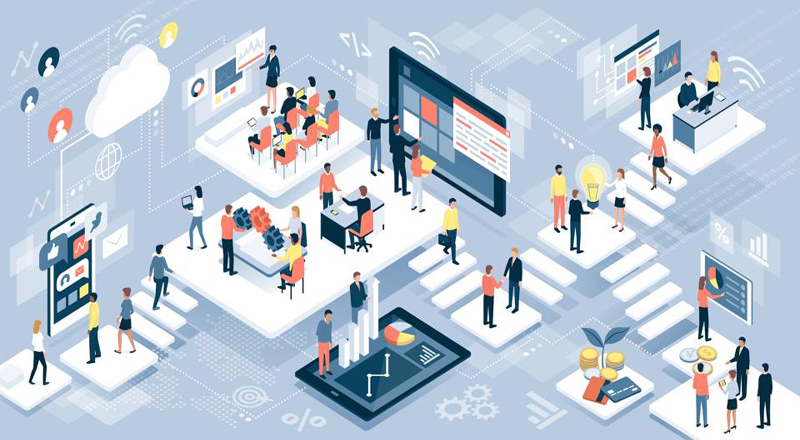Digital transformation and cloud security (79%) are the chart-topping topics enterprises want to know more about. They are followed by threat and vulnerability research (62%), and risk and compliance (49%), as shown by a pre-event survey of 2,064 business and IT decision-makers across Asia Pacific, Middle East, and Africa (AMEA). The results are unsurprising to an extent, given how many companies have accelerated their digital transformation projects and migration to the cloud, while the pandemic continues to wield debilitating influence over workplace collaboration, productivity, and the bottom line across many industries. To survive is to innovate and take up new technologies. The respondents also identify with each other when it comes to the biggest pain points. Integrating cloud into your existing enterprise security program is not just adding a few more controls or point solutions. It requires an assessment of your resources and business needs to develop a fresh approach to your culture and cloud security strategy.
There is obviously a challenge in terms of trust in the digital devices and connectivity. To address it in a holistic manner, you need to look at the governance. Security governance has a direct impact on the security service quality and also on the organization’s performance. The recovery from this widespread destruction of digital systems will be extremely challenging. So, just imagine replacing five percent of the world’s connected devices which may have been impacted by a malicious software etc., will require about 71 million new devices. And how do you get these new devices? Suppose the manufacturing and logistics systems are also impacted, is there a mechanism to manufacture and produce so many new devices on an urgent basis and then whatever has survived can you at breakneck speed patch and reinstall whatever has been impacted? These are nightmares that we are sitting on.
Secondly, the economic impact of this widespread digital shutdown will be of the same magnitude or maybe greater. In a single day, without the internet the cost to the world will be $50 billion. So if you have a 21 day cyber lockdown that will cost over $1 trillion.
Security by design is the next pillar, where you are looking at compliance and adequacy of security controls. Hence, building a trusted business infrastructure is important and there is need of robust and resilient infrastructure in terms of network monitoring, detection of attacks and outbreaks etc. So these new opportunities which have been opened up and you will be able to address the market demands and be compliant to the needs of regulations which are evolving and coming up in place. In the face of increasing cloud usage and an expanding remote workforce, cybersecurity teams face a strategic imperative—to protect distributed, in-flight sensitive data assets via a unified approach. The architectural complexity of legacy data protection solutions is still a huge obstacle towards adoption for many organizations.
The length between ransomware and data breaches is continuing to blur every single day. At the back end of the ransomware attack, it is a phishing attack. “It is spearfishing people who deserves position, power and capability to give you all that data access by fooling. Ransomware having the capability to get into your data and literally encrypt it in a manner which will be next to impossible for you to do anything with that.
In this Covid-19 situation, nearly 11 big data breaches have occurred costing nearly $144.2 billion. It has been the biggest transformation mankind has ever seen. Also, the biggest digital transformation, which we have always visualize and the company has always wanted to happen.





